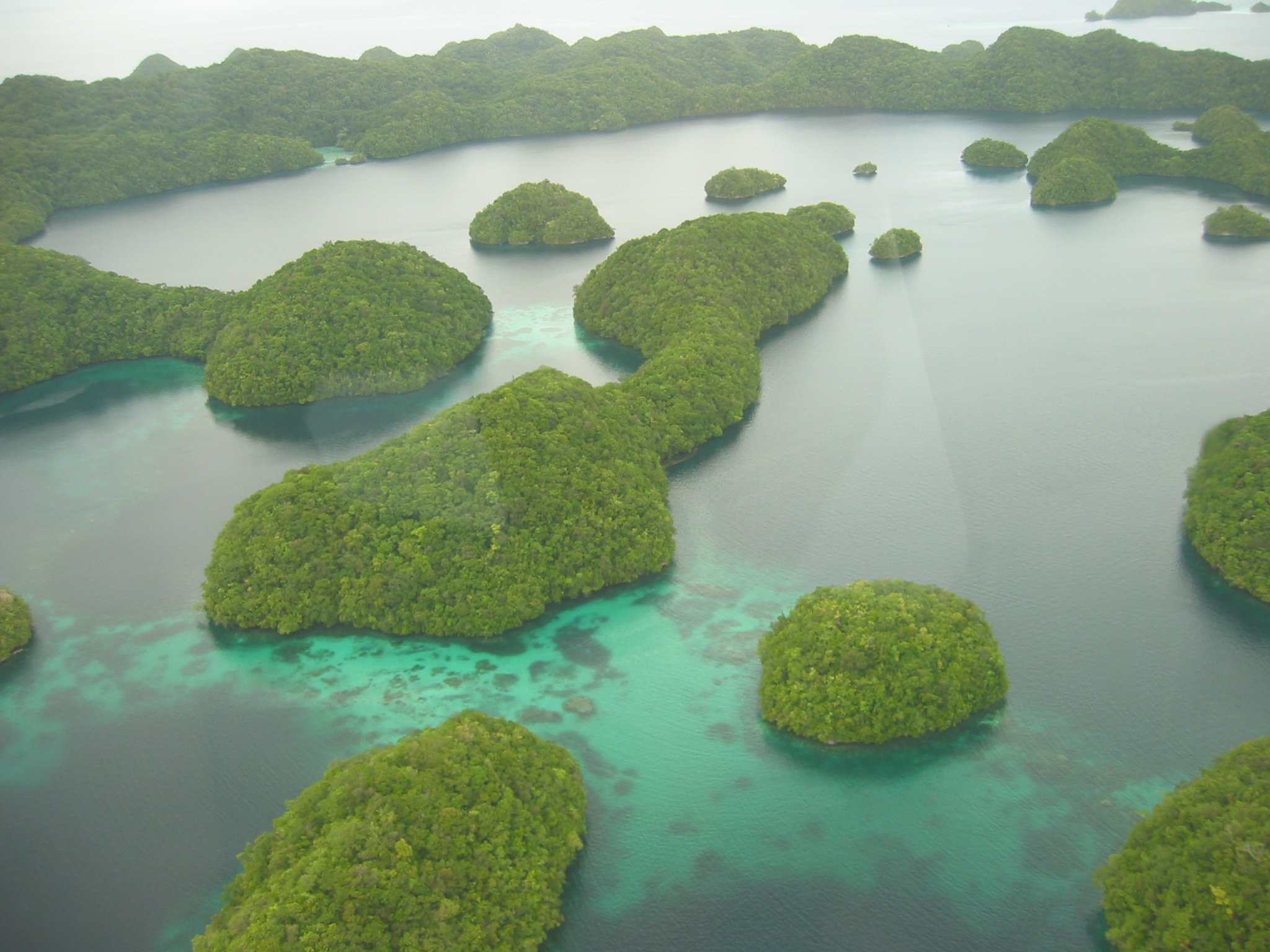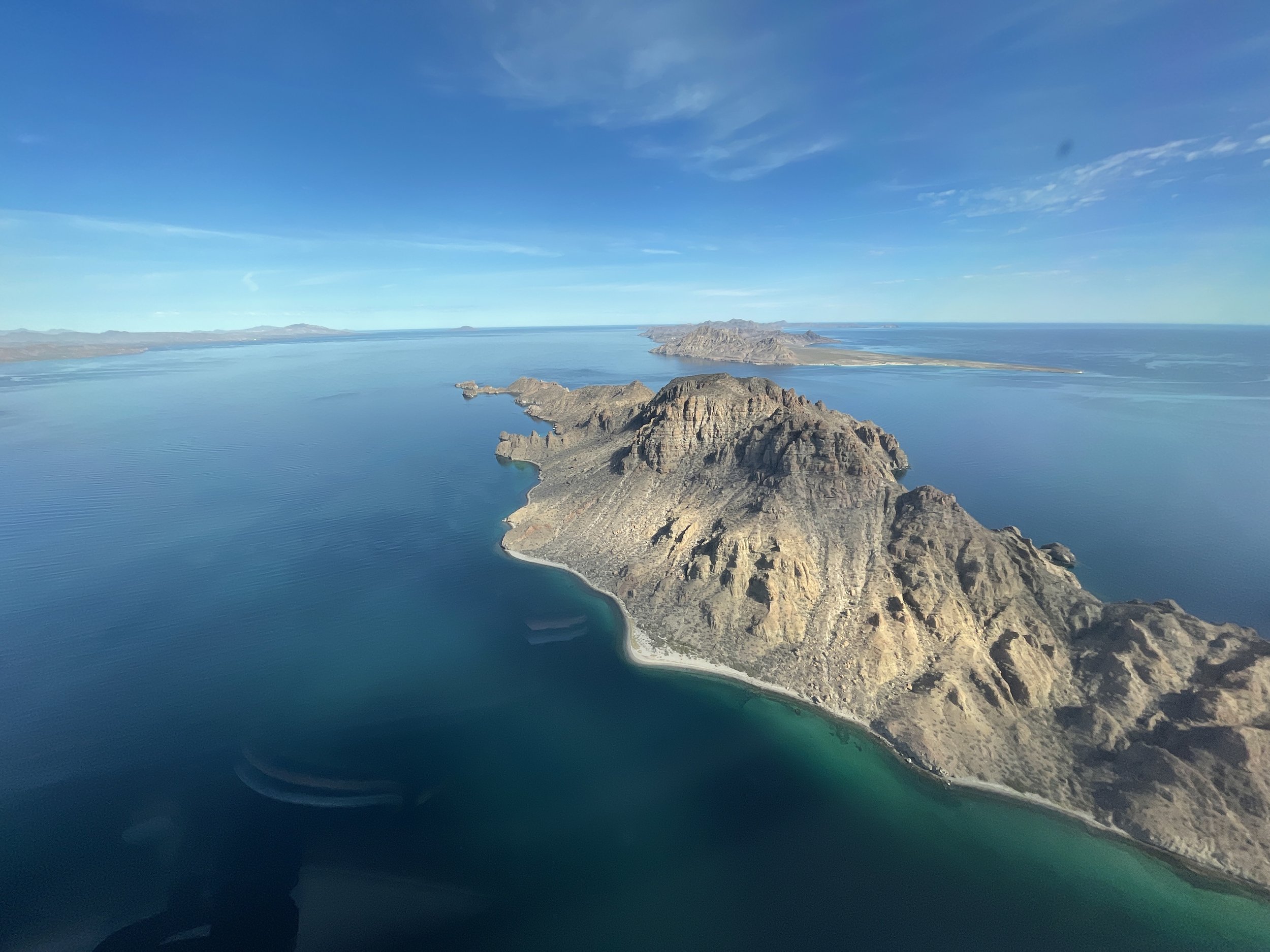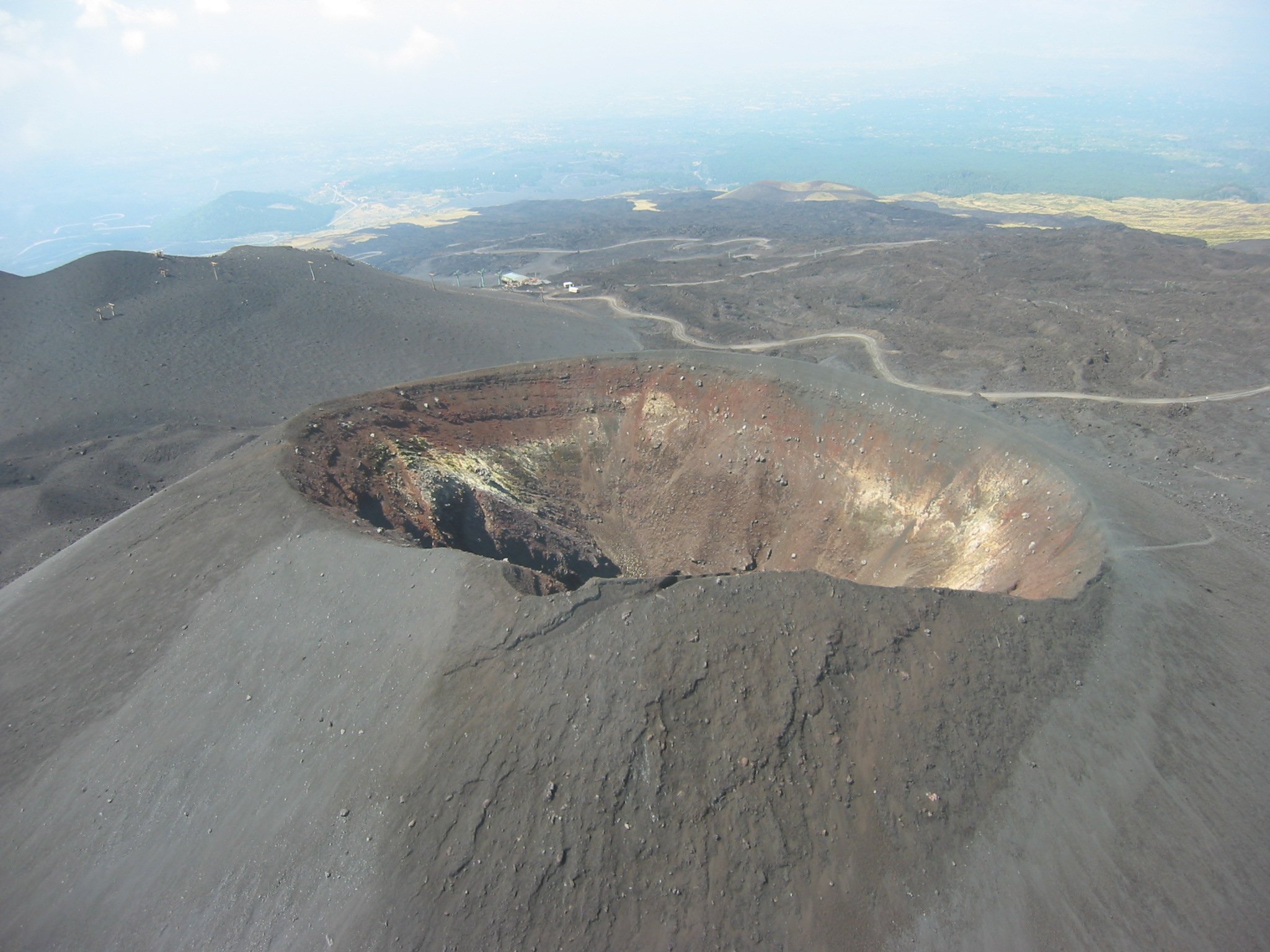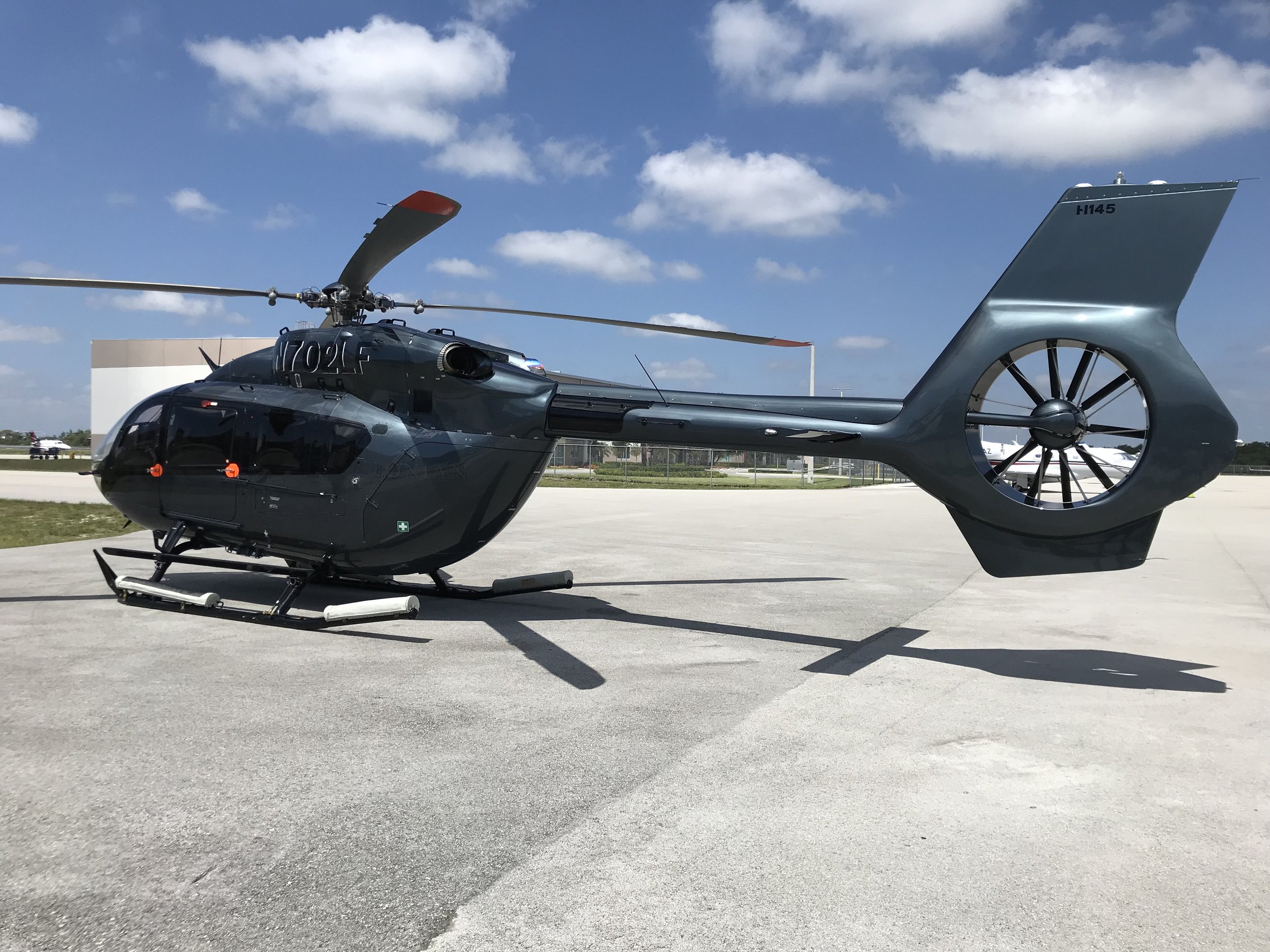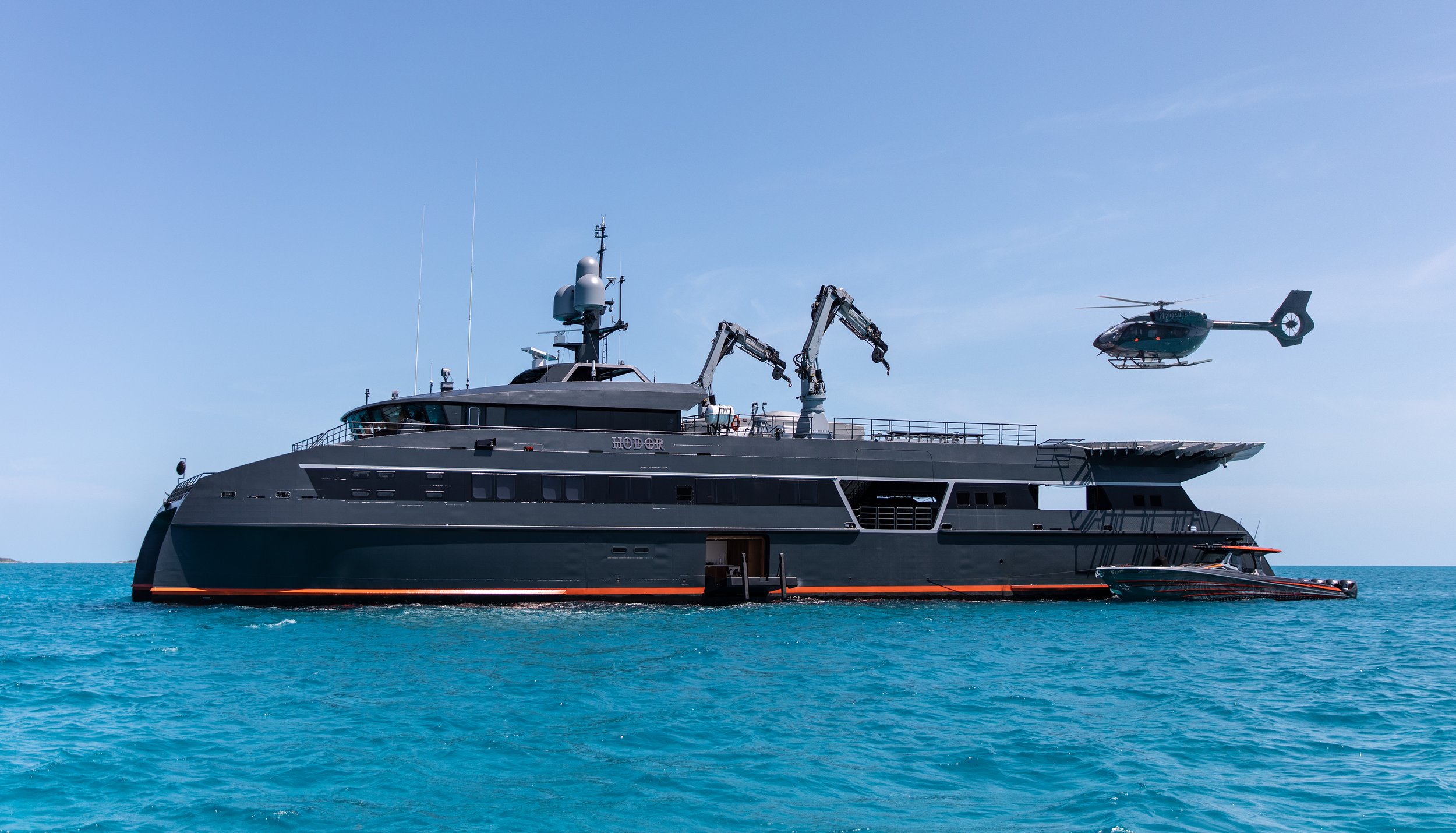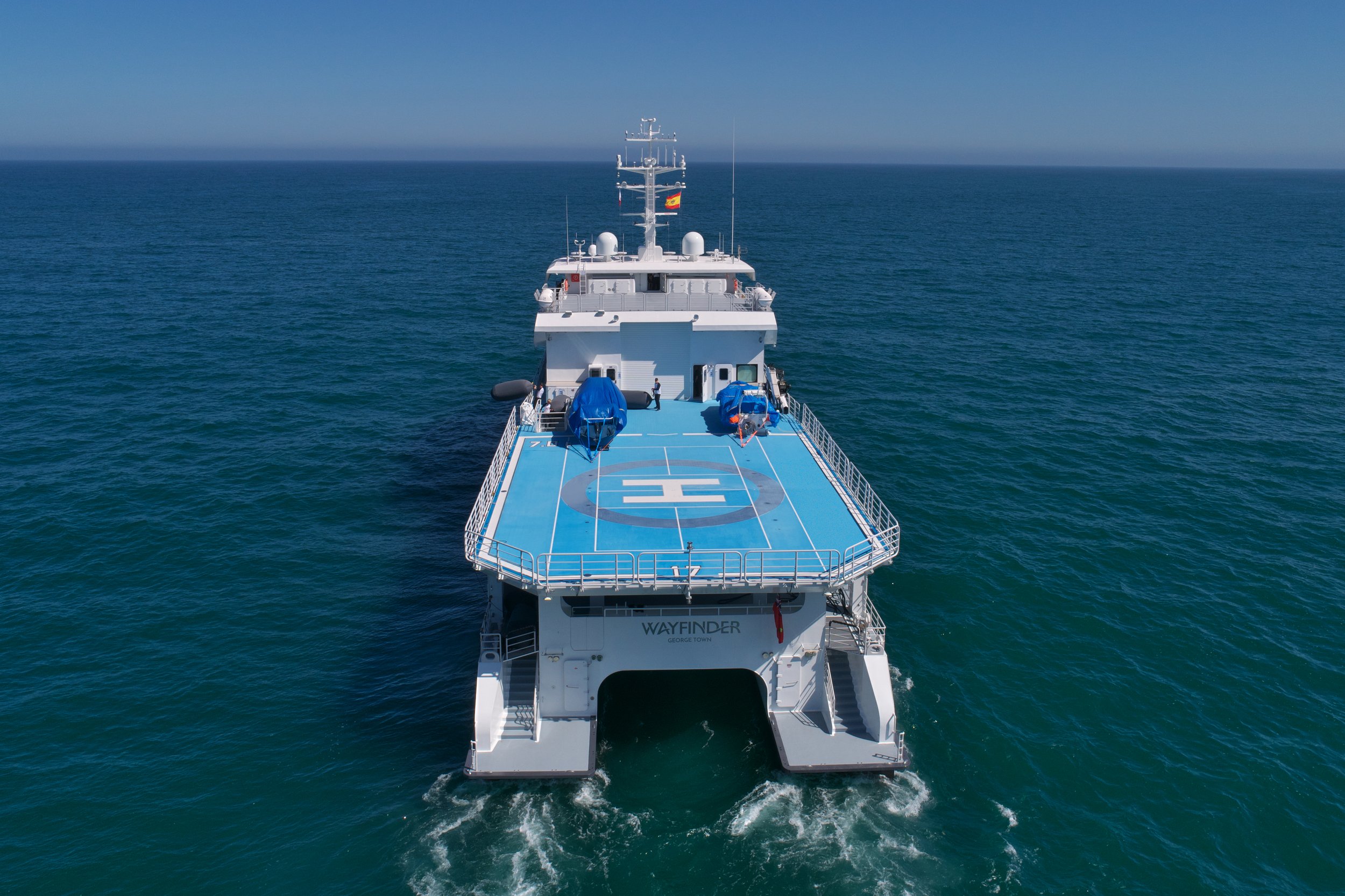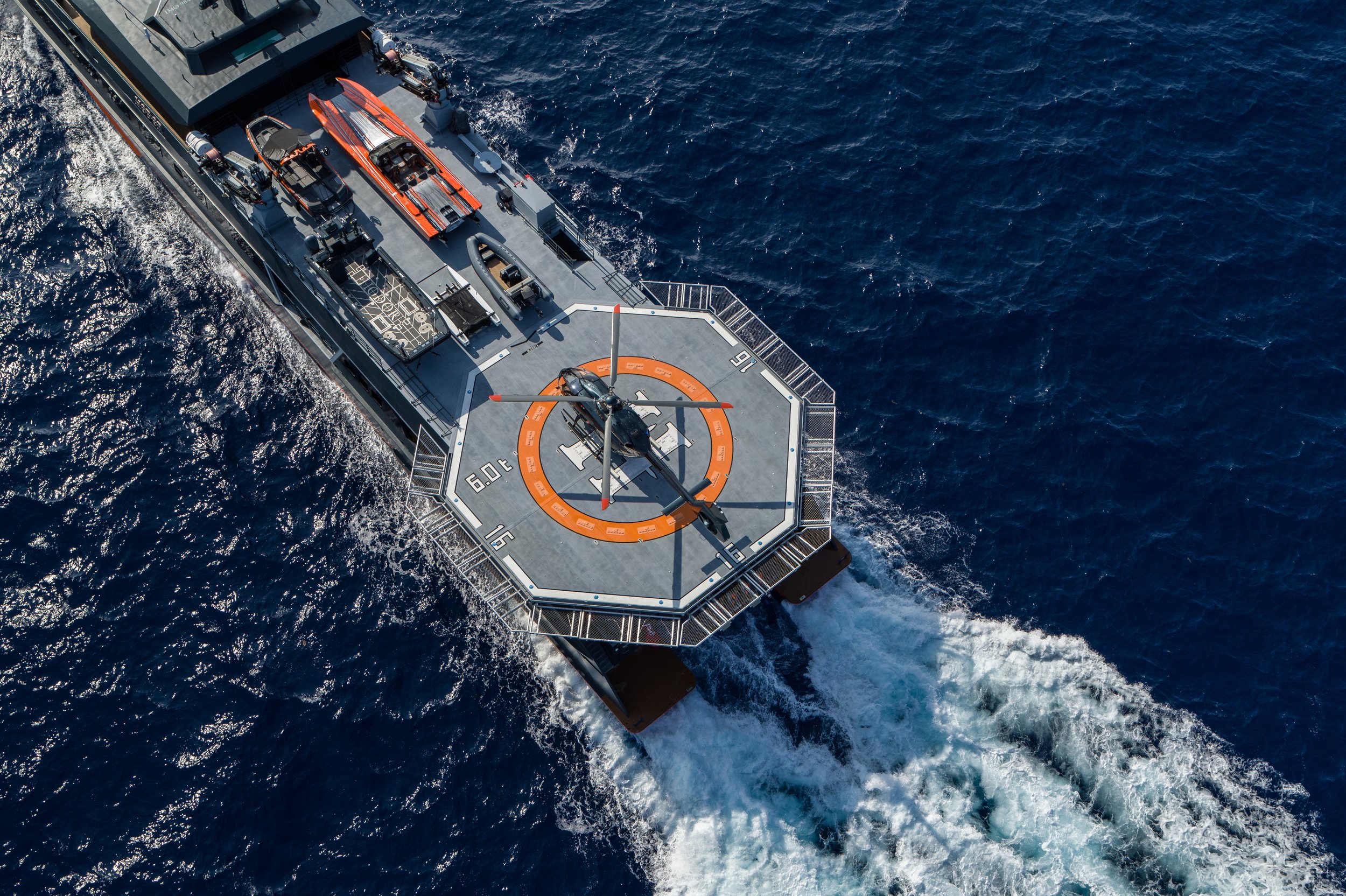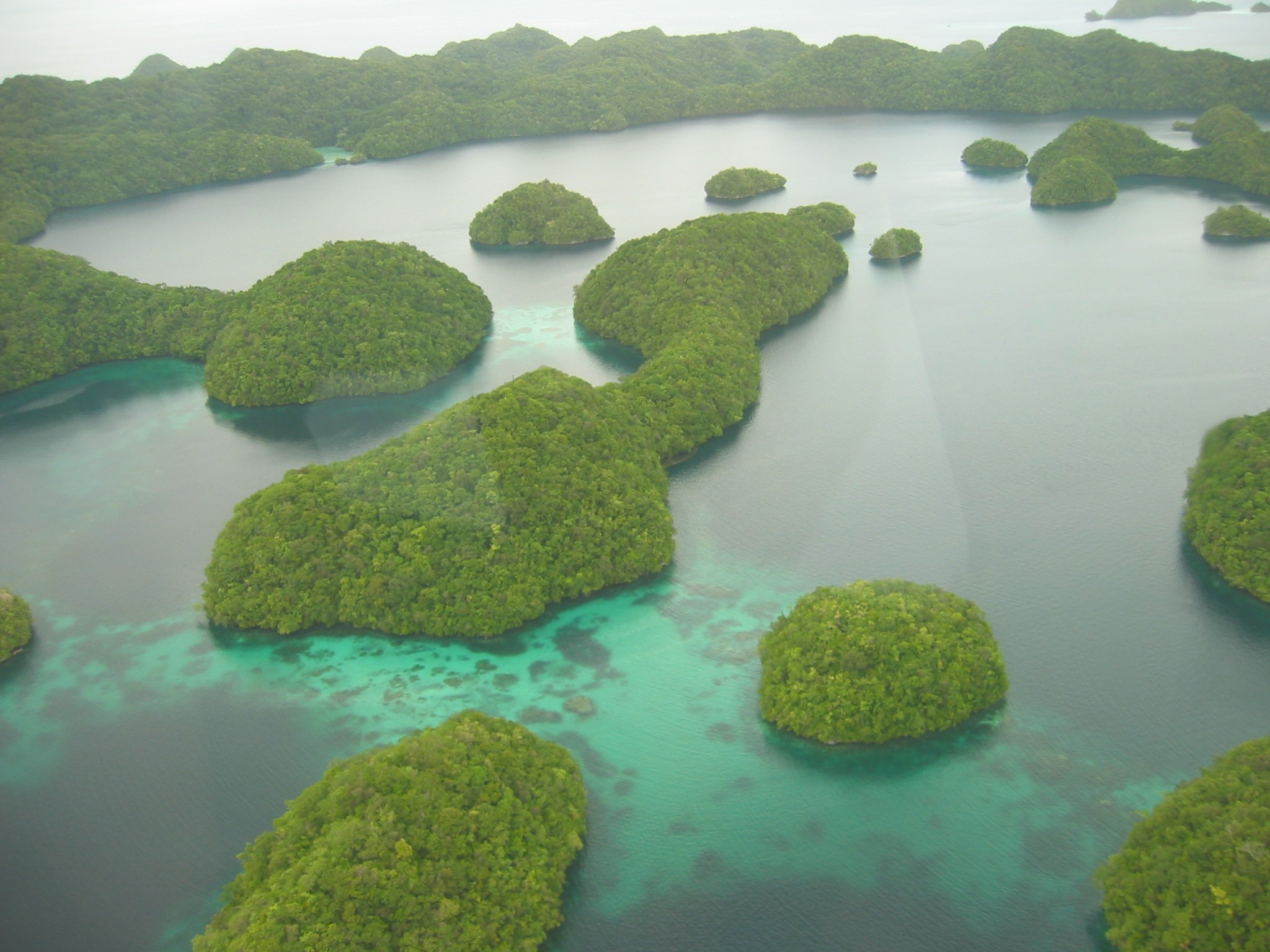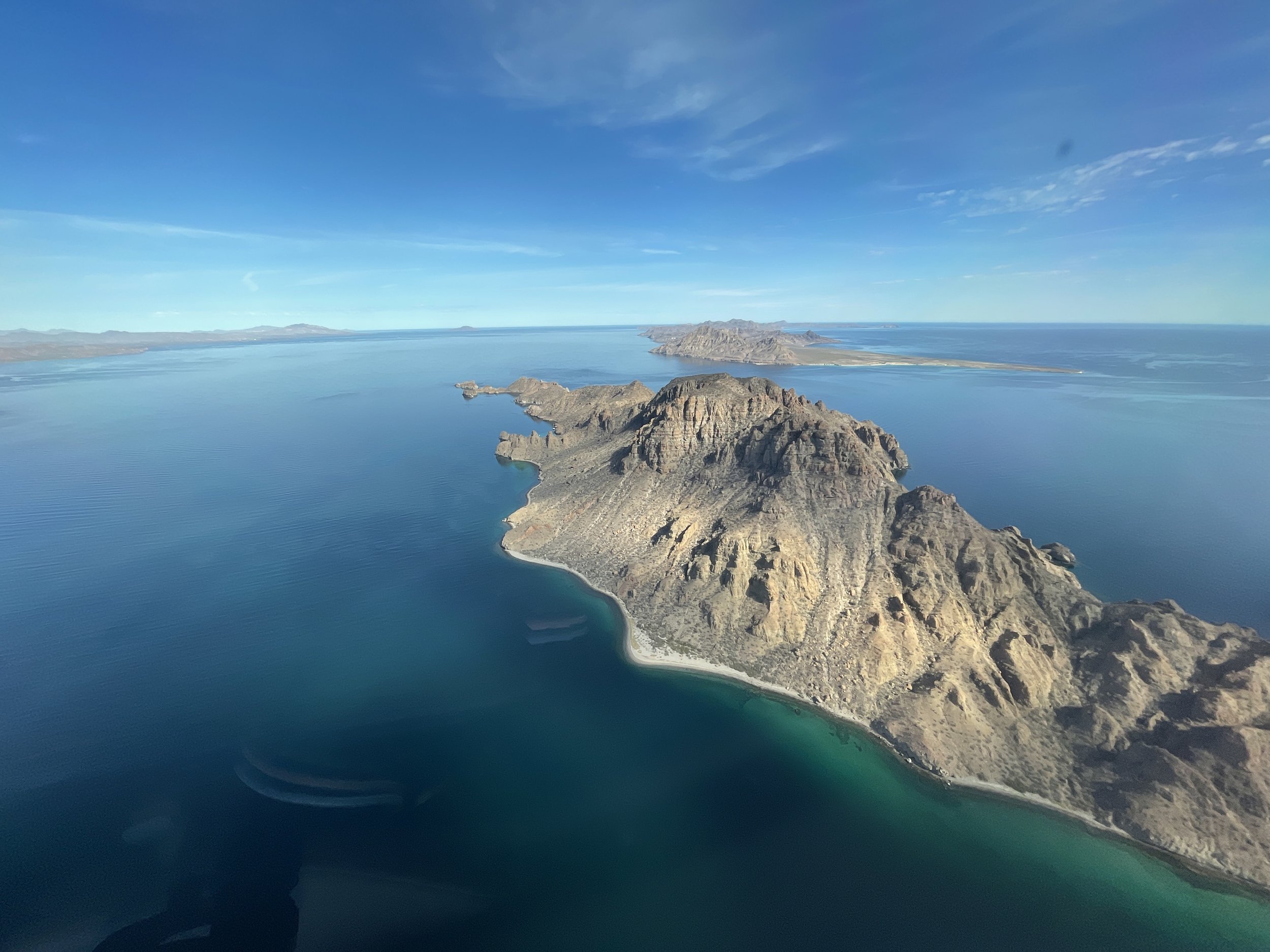Matthew Orloff February 27, 2023

A variant of the MBB-BK117, twin-engine Airbus H145 was the final variant of the series marketed as the Eurocopter EC145, MBB-BK117 D2.
Over the years, the helicopter has upgraded to the current BK117D3 standard, with an upgraded 5-blade rotor system. The relatively new designation of ACH145 reflects the rebranding to Airbus Helicopters in January 2014. Demand for the ACHH145 has remained high, with a waitlist of about two years for a new unit with a list price of $9.7 million. Its closest competitor for sales is the Bell 429.
Multiple operators and acquisition companies can affirm that a fair price for a pre-owned ACH145 is north of $7 million. The figure remains consistent among newer and older model-year H145s, especially since the oldest models date back just to 2014.
Published performance data includes a maximum range of 335 nm with a 30-min. fuel reserve, an endurance of 3 hr., 35 min. and a recommended cruise speed of 130 kts. The helicopter’s useful load is 4,200 lb. with a standard fuel tank capacity of 1,593.9 lb. The hover ceiling OGE (out-of-ground effect) is 8,955 ft.
“This helicopter can represent the trophy, luxury SUV found on display on one’s driveway, except for a certain crowd that driveway is a superyacht,” says Scott Gugel, owner of On Deck Aviation, a company specializing in yacht-based aviation. Gugel hires and trains pilots to land helicopters on superyachts and praises the H145 as his favorite helicopter to fly. He also serves as a regional sales director for Global Aircraft, an aircraft sales and management firm.
The operational capabilities of the H145 extend beyond this niche demographic, however, which explains why competition and price for a pre-owned model are relatively high. Other multi-mission areas include law enforcement, emergency medical services, offshore oil operations and passenger transport for private and business aviation.
ACH145 interior layout configurations can vary with space for up to 10 passengers with one or two pilots. “The interior is very convertible,” Gugel says. “All the seats can be taken out, leaving you with a large flat deck. The back opens like a clam shell.”
Its versatility has made the H145 popular among police and government agencies for public-use-related operations. These are the customers contributing most to the waitlist, and the large accounts that sales departments inevitably target the most, leaving business and civil operators with more competition to gain access to any available supply. At any given time across the global marketplace, less than five ACH145s are typically available, with a portion of these sales occurring off-market.
In-House ‘Helionix’
Powered by two ARRIEL 2E turbine engines with FADEC engine control, all ACH145s come equipped with Airbus’s in-house “Helionix,” a system dubbed as the only avionics suite developed for helicopters.
“The system displays only the most pertinent details of a flight phase, filtering out all unnecessary and distracting information,” says Christian Gottschalk, head of the Helionix program at Airbus Helicopters. The suite offers two-to-four multifunction display screens designed to improve situational awareness.
In 2021, a wireless airborne communications system was deployed on the ACH145 that enhanced its connectivity by transmitting helicopter data in real-time. That year, Airbus reported its global helicopter fleet with Helionix avionics had completed more than 500,000 flight hours.
Another component of Helionix that pilots including Gugel value is the four-axis autopilot. “The autopilot has a noticeable performance increase compared to other OEMs’ helicopters; you can even take your feet off the pedals,” Gugel says. “The OEI (One-engine-inoperative) performance coupled with its fenestron tail-rotor technology and ease of use provide greatly enhanced safety features.”
Mercedes-Benz Style
Before the ACH145 rebranded to Airbus Helicopters in 2010, Mercedes-Benz Style created a luxury design concept for the Eurocopter version. One year later, the Mercedes-Benz Style EC145 made its debut at the European Business Aviation Conference & Exhibition (EBACE) in Geneva, Switzerland, attracting interest from VIP operators.
The design complements a mix of configurations accommodating four-to-eight passengers and has been noted to contribute to a positive passenger experience. “It’s a smooth ride with good visibility,” says Gugel. “The design is based on a legacy aircraft; everything on it is constantly improved upon due to this heritage.”
Cabin interior highlights include a wooden floor with LED lights, a front separation wall between the cabin and cockpit, soundproof interior panels, an inflight entertainment system, an electrical interface and several basic items covered with leather. One disadvantage is the Mercedes-Benz style has developed a reputation for being heavy, making it harder to remove for maintenance activity.
Most operators find that ACH145 maintenance tasks, both calendar and flight-time related, are accomplished during normal 400-hr. and 800-hr. annual inspections, leaving the helicopter available for operation the remainder of the year.
The D3 version of the ACH145 entered service in 2020 equipped with a five-bladed main rotor as opposed to four. According to Airbus Helicopters, there are 38 D3s in service. There are nearly 1,500 BK117, EC145 and H145 models in operation worldwide. At any given time, up to two D3s are listed for sale on the market, with a fair price between $8.5 million and $9 million, according to Global Aircraft.
BCA welcomes comment and insight from aircraft dealers and brokers for its monthly 20/Twenty pre-owned aircraft market feature. The focus aircraft for March is the Beechcraft King Air 350 and for April the Dassault Falcon 900. To participate, contact [email protected].



